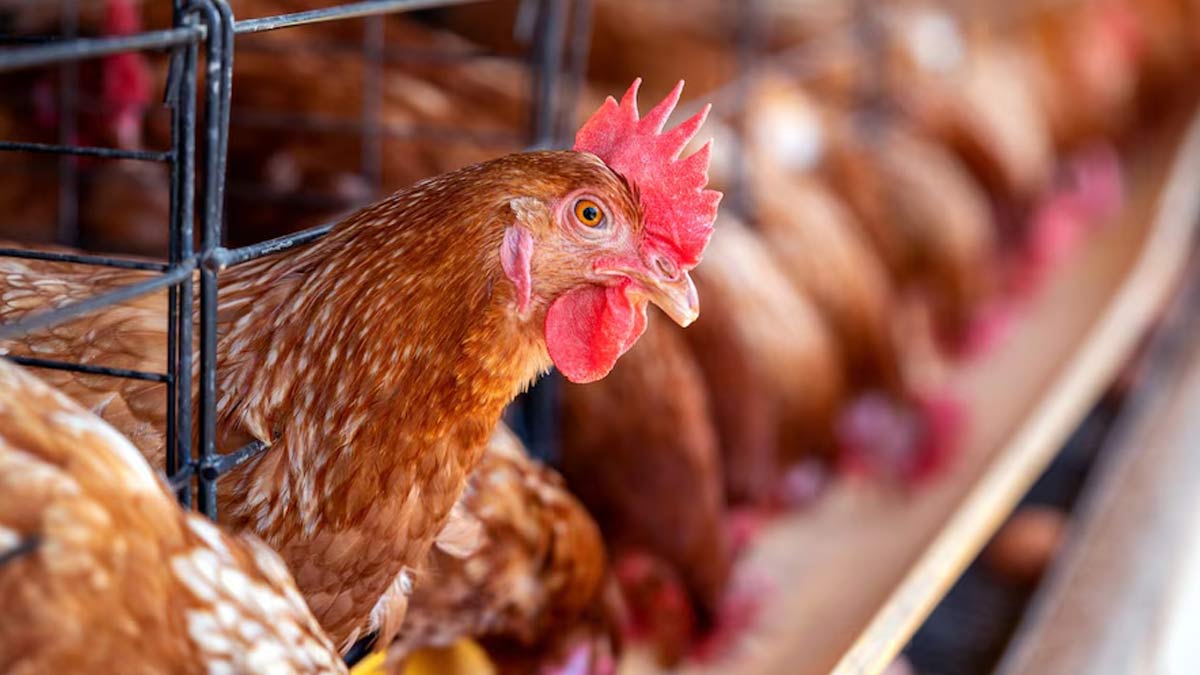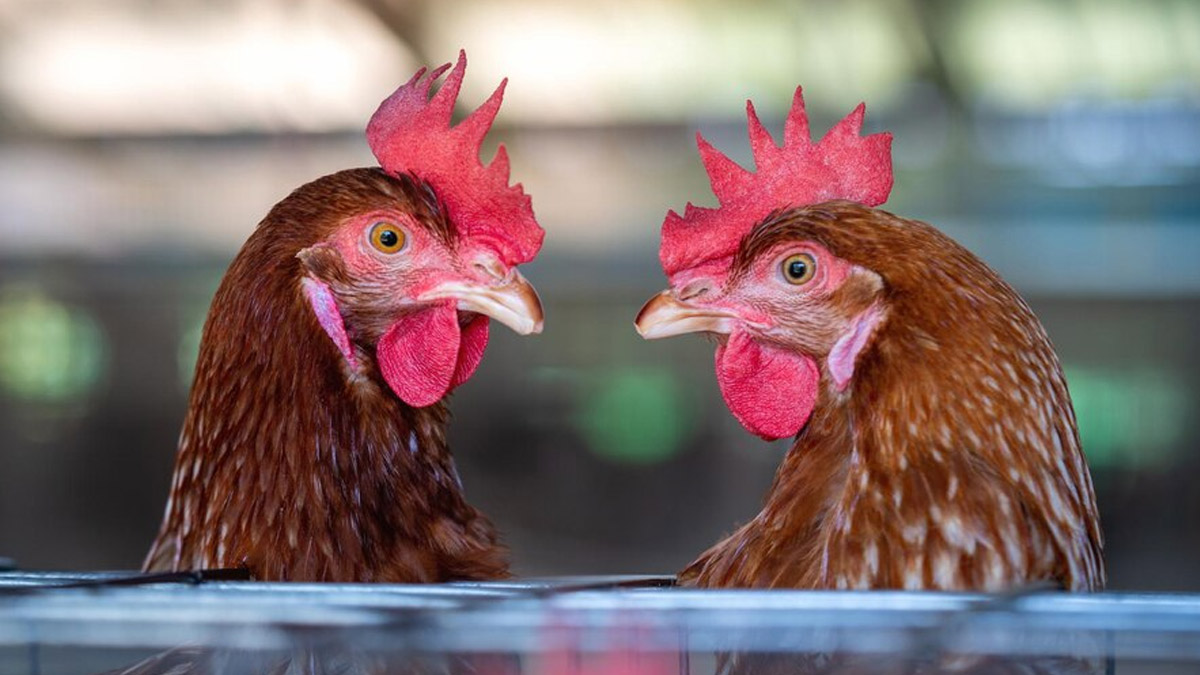
Bird flu, also known as avian influenza, is a viral infection that primarily affects birds. However, certain strains, such as H5N1, can occasionally infect humans, leading to serious illness. Experts are raising concerns regarding the threat posed by a potential bird flu pandemic. They warn that it could be much more severe than COVID-19 and result in fatalities in up to half of those who get infected by it. These concerns were discussed in a recent briefing focused on the H5N1 strain of bird flu.
Table of Content:-
Researchers highlighted the possibility that the virus may be nearing a critical point that could trigger a global pandemic. Dr Suresh Kuchipudi, a prominent bird flu researcher based in Pittsburgh, emphasised during the briefing that H5N1 can cause a pandemic due to its ability to infect various mammalian hosts, including humans. He cautioned that the world is approaching a dangerous stage where this virus could lead to a pandemic.

What Is Bird Flu Or H5N1?
H5N1, a subtype of avian influenza A, is considered highly pathogenic, causing severe illness in poultry and occasionally infecting wild birds and mammals, including humans. The first detection of H5N1 was reported in birds in China in 1996, with subsequent outbreaks, including one in Hong Kong resulting in human cases and deaths from direct bird-to-human transmission.
The World Health Organisation (WHO) reports that since 2003, 52 out of every 100 people diagnosed with H5N1 bird flu have died, totalling 462 deaths out of 887 cases. In contrast, the current fatality rate for COVID-19 is less than 0.1 per cent, although it was around 20 per cent at the beginning of the pandemic.
Understanding how bird flu spreads and taking preventive measures is crucial to minimize the risk of transmission.
How Does Bird Flu (H5N1) Spread?
According to the Centres for Disease Control and Prevention, here’s how bird flu or H5N1 spreads:
- Direct Contact with Infected Birds: The primary transmission mode is through direct contact with infected birds or their droppings. This can occur in domestic settings, such as poultry farms, or wild bird populations.
- Indirect Contact: Bird flu viruses can also spread indirectly through contaminated surfaces, equipment, or materials that have been in contact with infected birds. People handling such materials are at risk of exposure.
- Airborne Transmission: While less common, H5N1 can potentially spread through the air in situations where there is close and prolonged contact with infected birds or their secretions.
- Consumption of Infected Poultry: In rare cases, consuming undercooked poultry products from infected birds can lead to human infection. Proper cooking of poultry is essential to eliminate the virus.
- Human-to-Human Transmission: Although limited, there have been instances of human-to-human transmission of H5N1. This typically occurs in close contacts of infected individuals and is not sustained in the general population.
Also Read: Bird Flu Symptoms: Know The 9 Symptoms of Bird Flu For Timely Diagnosis and Treatment

Bird Flu (H5N1) Preventive Measures
Here are some measures provided by the Department of Animal Husbandry, Dairying and Fisheries, Ministry of Agriculture, Government of India to prevent bird flu:
- Practice Good Hygiene: Wash hands thoroughly with soap and water after handling birds, poultry, or their droppings. Use hand sanitisers if soap and water are not available.
- Avoid Contact with Sick Birds: If you notice birds exhibiting symptoms of bird flu, such as sudden deaths in a flock, respiratory distress, or neurological signs, avoid handling them and report them to local authorities.
- Cook Poultry Thoroughly: Cook poultry products, including eggs, thoroughly to an internal temperature of at least 165°F (74°C) to kill any potential viruses.
- Use Protective Gear: Wear protective clothing, gloves, and masks when handling birds or working in environments where bird flu is suspected or confirmed.
- Keep Living Spaces Clean: Regularly clean and disinfect surfaces, equipment, and tools used in poultry farming or bird-related activities to prevent the spread of the virus.
- Stay Informed: Stay updated on bird flu outbreaks in your area and follow guidelines provided by health authorities and veterinary services.
- Vaccination (for Poultry): In areas where bird flu is prevalent, vaccination of poultry can help reduce the risk of transmission to humans.
- Seek Medical Attention: If you have been exposed to birds or environments with suspected bird flu and develop flu-like symptoms such as fever, cough, sore throat, or difficulty breathing, seek medical attention promptly.
Also Read: How Does Bird Flu Affect Humans? Know Everything About H5N1 Avian Influenza
By understanding how bird flu spreads and taking proactive measures, people who work with poultry can help reduce the risk of infection and contribute to controlling the spread of H5N1 and other avian influenza viruses. Collaboration between health authorities, veterinary services, and the public is essential in managing outbreaks effectively if we want to avoid another disaster like the COVID pandemic.
Also watch this video
Read Next
International Day of Happiness 2024: Understanding its Date, Theme, History, and Significance
How we keep this article up to date:
We work with experts and keep a close eye on the latest in health and wellness. Whenever there is a new research or helpful information, we update our articles with accurate and useful advice.
Current Version